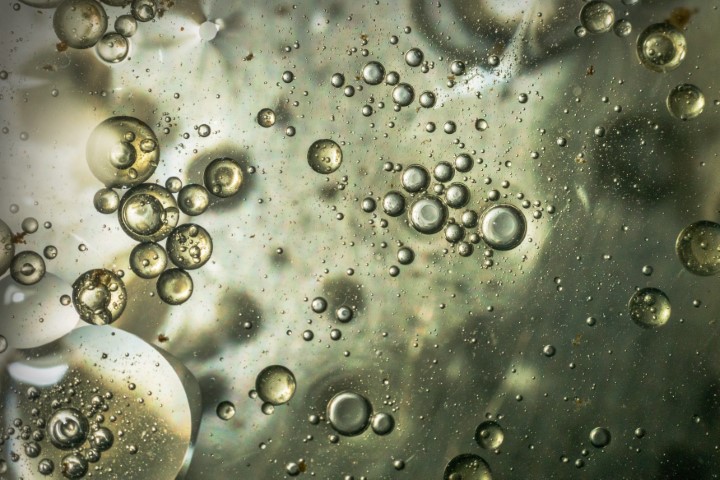Wet Etching
Etching is a kind of technique in wafer production that removes material from the wafer, either from the silicon substrate itself or from any coating or layer of material on the wafer.
Etching has two main types known as dry etching and wet etching.
What is Wet etching?
Wet etching is commonly known as chemical etching.
It is the simplest etching method. It is a material removal procedure that removes materials off a wafer using liquid chemicals called etchants.
Liquid chemicals scrape away all materials that aren’t covered by the mask. In a simple fabrication procedure which is known as lithography, these masks are simply placed on the wafer.
Types of wet etching
There are two types of wet etching. One of them is called isotropic, which means it progresses at the same rate in all directions.
On the other hand, the second type is called “anisotropic.”
It refers to an etching technique that is not isotropic. An anisotropic etching process is one that proceeds in only one direction.
The etchant erodes into the material being worked on in wet etching, and you will find two types of processes in terms of how the erosion occurs.
Isotropic
A common theory is that corrosion progresses equally in all directions as the wet etching procedure dips the worked-upon material in a solution.
Under those conditions, the material will be eroded to the point of gouging, even with the resist that has been applied as masking on the portions that should not be corroded; this type of etching is known as isotropic etching.
Anisotropic
On the other hand, anisotropic etching controls the response between the material being treated and the etchant to prevent erosion under the resistance.
Three-dimensional patterns may be created using anisotropic etching by taking advantage of the anisotropic structure of the crystallizing that happens throughout the reaction.
The difference between isotropic and anisotropic etching can be stated by the mix of etchant components as well as the qualities of the material being treated.
In general, etching will be isotropic for combinations with a quick reaction rate and anisotropic for combinations with a slow reaction rate.
